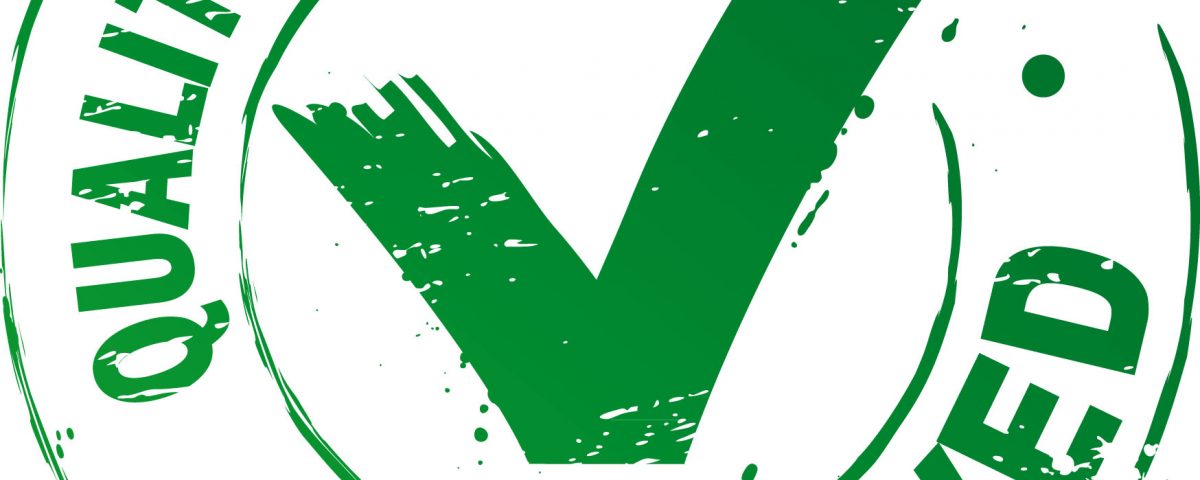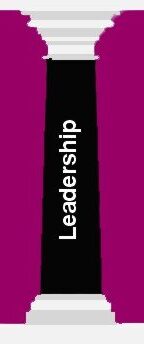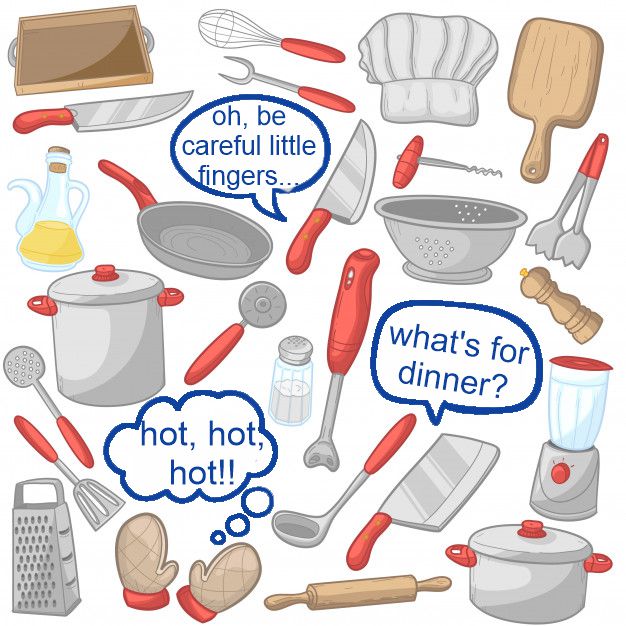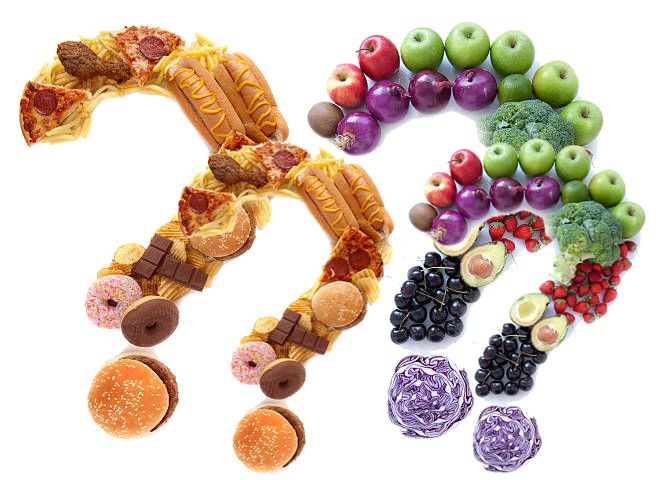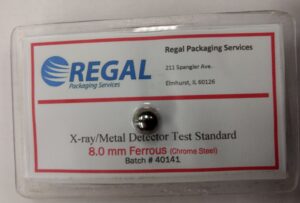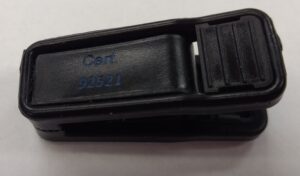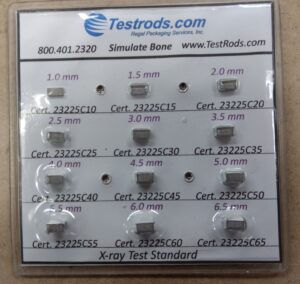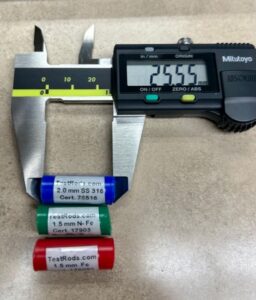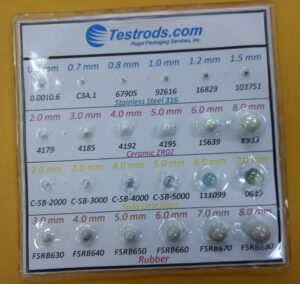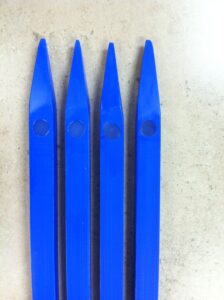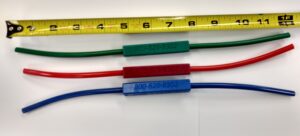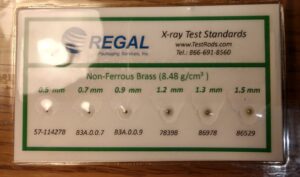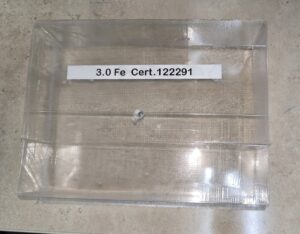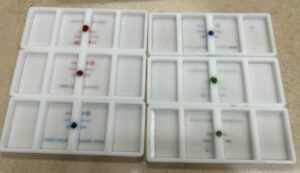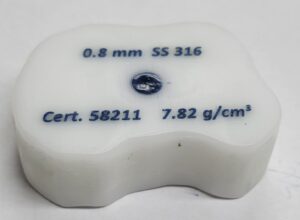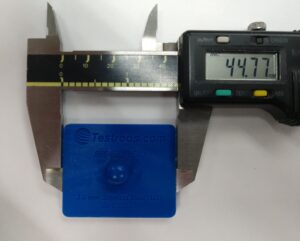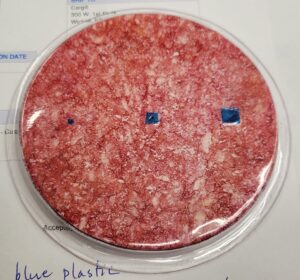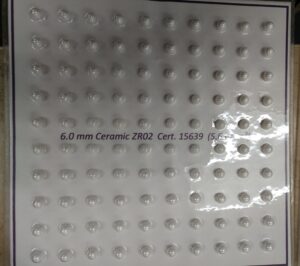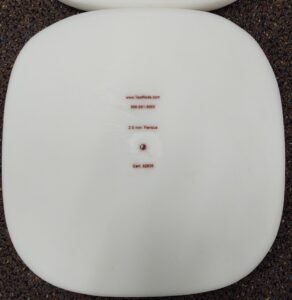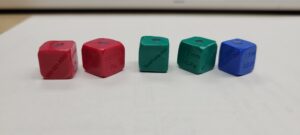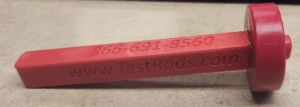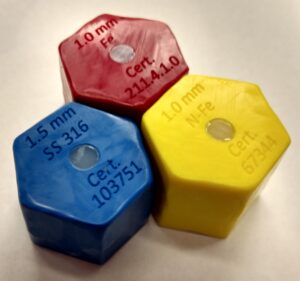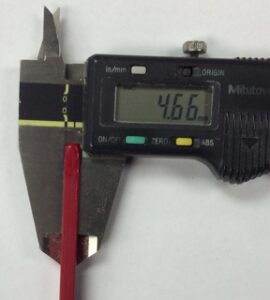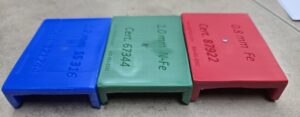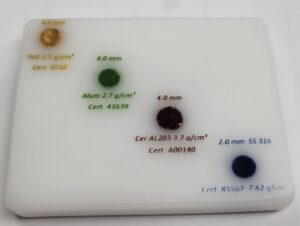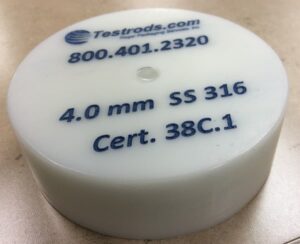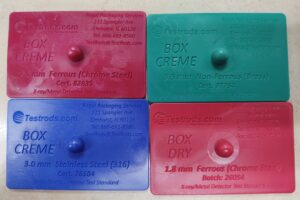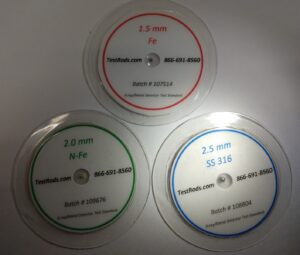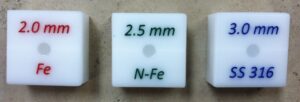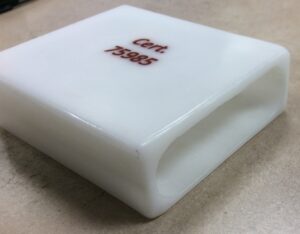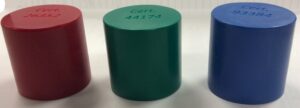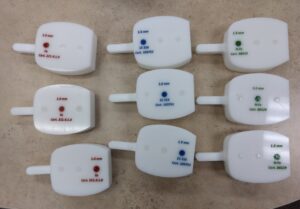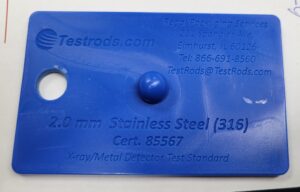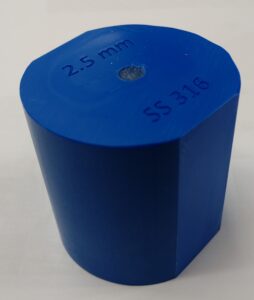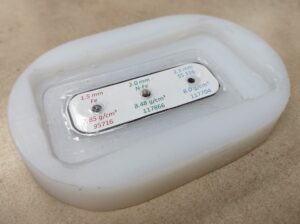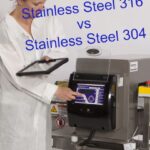
Stainless Steel 316 vs 304
April 20, 2021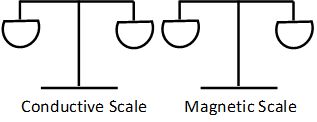
Product Effect and Metal Detection
May 24, 2021What Makes Metal Detection in the Food Industry Different?
So what makes Testrods.com a unique business? Better yet, what makes metal detection in the food, pharmaceutical or textile industries different? The average description of a metal detector is nothing like what happens in the food industry. Most likely it’s something like the metal detectors you walk through an airport boarding area. Or it might be a description of searching for hidden treasure on the beach. Metal detection in the food industry, however, is very different. And rightly so.
Not Like Combing the Beach
Those in the food, pharmaceutical and textile industries know that metal detection manufacturers are serving a niche market. This kind of product cannot be found in a retail department store serving the consumer-at-large. And that means when you try to explain it to your friends, you may just get a blank stare. Or as I often hear, “Wow, I never thought of that!”
Tell someone your job is metal detection in food and it conjures up images of bolts in a can of soup. Or it could be that “prize” you find in a box of cereal ! You wouldn’t really need a metal detector for that. In the food industry, these size metals are not only be unacceptable, but extremely rare. In fact, the FDA specifies that an object 7.0mm (just over ¼”) is the standard for protection against choking. So a nut or bolt making its way to the marketplace is simply unimaginable, yet we know it happens.
So Much Different
Thankfully, food production, processing and packaging companies typically use standards far below 7.0mm. In general, metals in the range of 1.0-5.0mm are used for testing, but in some plants, the standards are set as low as 0.3mm. This is a value an airport detector could never achieve. In a typical production plant, food is passed down a conveyor or gravity fed system and, at some point, passes through a metal detector. That system is designed to reject anything with those tiny pieces of metal. And you need a consistent, reliable metal detector to make sure that happens.
At Regal Packaging Services, we believe Fortress Technology manufactures detectors that are the best on the market. Regal represents Fortress with a commitment to Simple Operation, Exceptional Performance, Outstanding Reliability and Never Obsolete. With Regal’s test pieces (from the Testrods division), you’re getting the best there is to protect against metal contaminated product.
Getting Your Test Pieces
But no matter what brand metal detector you use, Testrods.com provides the highest quality, certified metal detection and x-ray inspection system test pieces. We’ll help keep your equipment appropriately tested. And we have a wide variety of contaminant types: Ferrous (Chrome Steel), Non-Ferrous (Brass), and Stainless Steel 316 for metal detection and: Aluminum, Soda-Lime Glass, Ceramic ZR02 and AL203, Acetal (Delrin), PTFE (Teflon) and Rubber for x-ray inspection.
When it comes to quality assurance, a HACCP or food safety program will focus on providing confidence that certain requirements be fulfilled. This is twofold—internally to organization and externally to customers and others, like government regulators. And quality control follows by concentrating on the operational systems and activities that are used to fulfill those requirements day after day. Test pieces are an essential, critical part of the process.
The next time you’re trying to explain how you look for metal in your company’s product, try describing what you do as looking for the proverbial needle in a haystack. If you don’t find it, someone is likely to get hurt, so it’s gratifying to know that you’re doing something to protect food in the local grocery store, regardless of the consumer’s awareness of our role.

